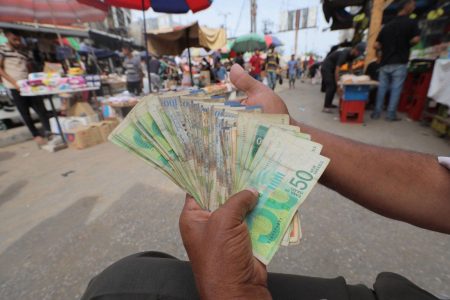The recent homicide of UnitedHealthcare CEO Brian Thompson has taken a surprising turn with the revelation that San Francisco police had identified the alleged killer, Luigi Mangione, and alerted the FBI four days prior to his high-profile arrest. This information, sourced from insiders familiar with the investigation and reported by the San Francisco Chronicle, contradicts earlier statements from authorities who claimed Mangione’s identity was unknown at the time of his apprehension. The apparent lapse in communication between local law enforcement and the FBI raises questions about the efficiency of the investigation and the potential implications for the case.
The seemingly straightforward identification of Mangione stemmed from a seemingly routine police procedure. A San Francisco police officer recognized the 26-year-old in surveillance images released by the NYPD following Thompson’s murder. This recognition was facilitated by a prior missing person report filed by Mangione’s family just weeks before the killing. The fact that Mangione was already on the radar of local law enforcement for reasons unrelated to the homicide adds another layer of complexity to the emerging narrative.
The timeline of events leading up to Mangione’s arrest highlights the critical role of inter-agency communication, or lack thereof, in high-profile investigations. The prompt identification by the San Francisco police officer and subsequent notification to the FBI suggest a proactive approach to sharing crucial information. However, the apparent failure of this information to reach the relevant authorities within the FBI or to prompt immediate action raises concerns about potential systemic inefficiencies and communication breakdowns. The unanswered question of whether the FBI received and acted upon the tip is central to understanding the full scope of this investigative oversight.
The public announcement of Mangione’s arrest at a Pennsylvania McDonald’s, following a five-day manhunt, initially portrayed a successful culmination of investigative efforts. However, the revelation that his identity was known days earlier adds a different perspective to the narrative. It shifts the focus from a successful manhunt to a potential missed opportunity for a quicker apprehension, raising questions about the utilization of available information and the coordination between different law enforcement agencies.
The implications of this delayed apprehension are potentially significant. Every day that Mangione remained at large presented a continued risk to public safety and prolonged the period of uncertainty and anxiety for Thompson’s family and colleagues. While the eventual outcome was an arrest, the knowledge that it could have potentially occurred earlier underscores the importance of seamless communication and efficient information sharing between law enforcement agencies.
The unfolding circumstances surrounding Mangione’s identification and arrest highlight the complexities and challenges inherent in multi-agency investigations. The apparent disconnect between the San Francisco police and the FBI raises critical questions about inter-agency communication protocols and the effectiveness of information sharing practices. A thorough investigation into this apparent oversight is necessary to determine the extent of the breakdown, identify any systemic issues, and implement measures to prevent similar occurrences in the future. The pursuit of justice for Brian Thompson and the assurance of public safety demand a comprehensive understanding of how and why this crucial information failed to lead to a more timely arrest. Furthermore, clarifying the extent of the FBI’s awareness of Mangione’s identity prior to his arrest is paramount to maintaining public trust in law enforcement’s ability to effectively investigate and apprehend dangerous individuals.










